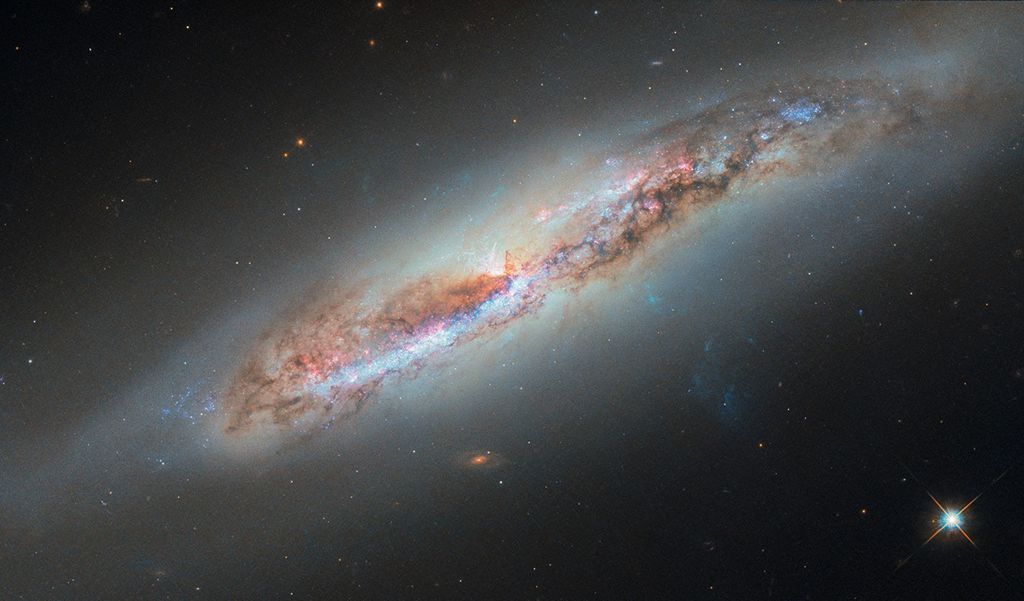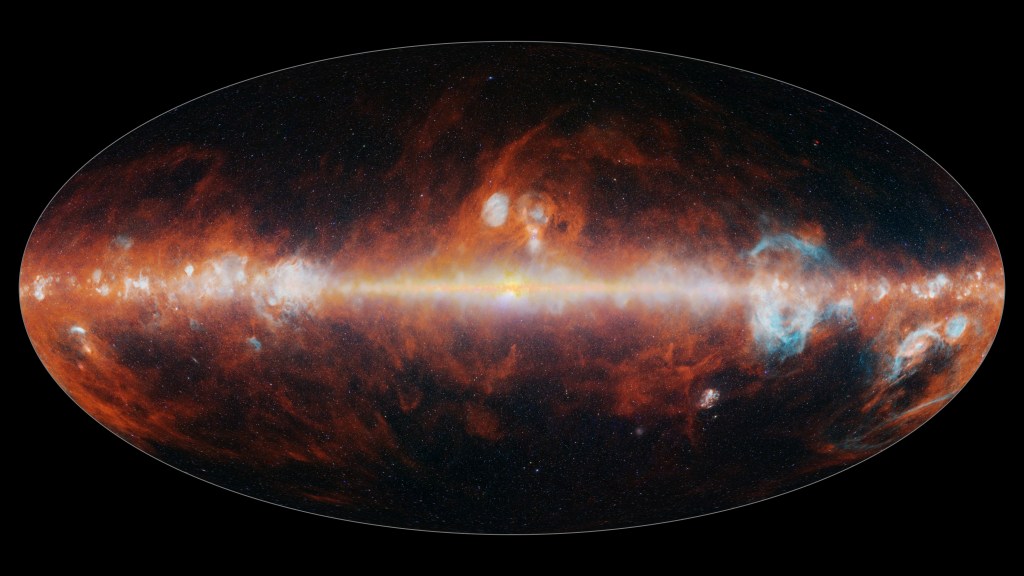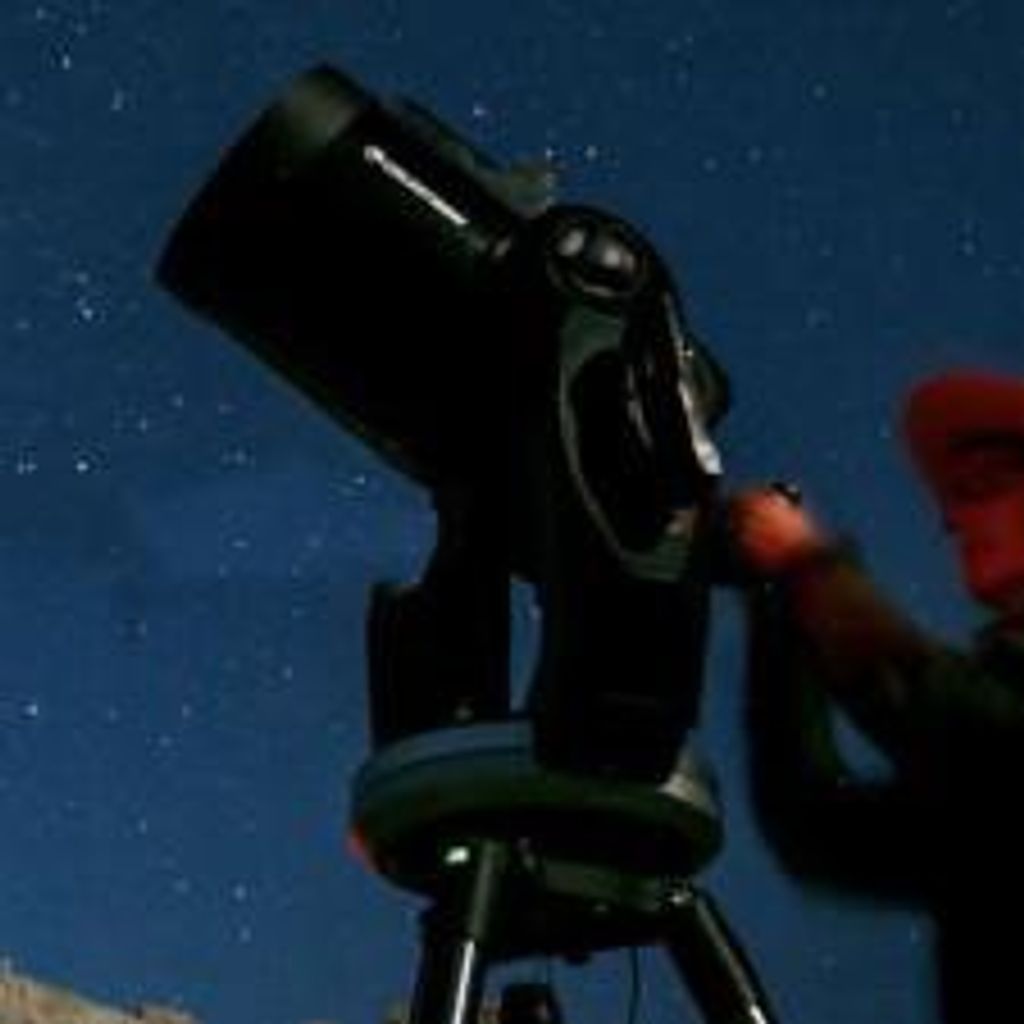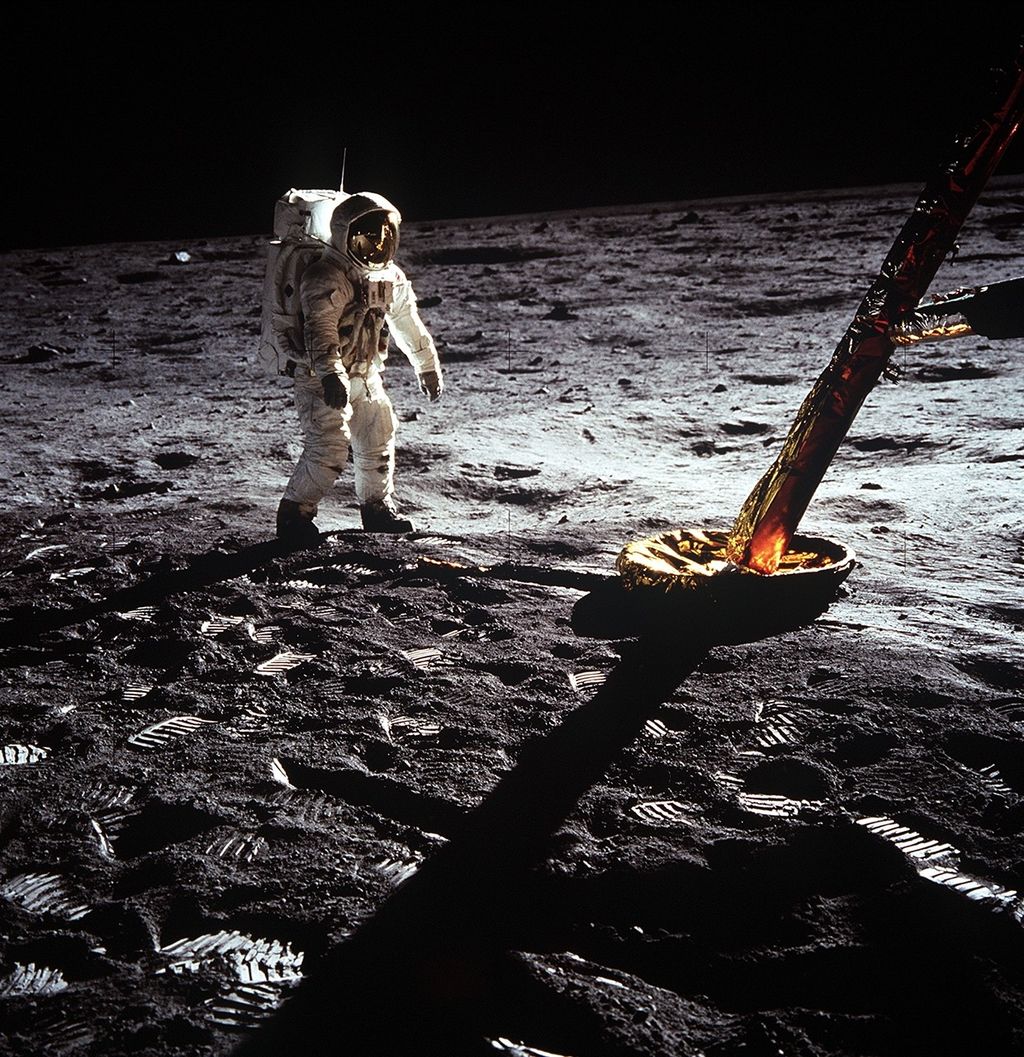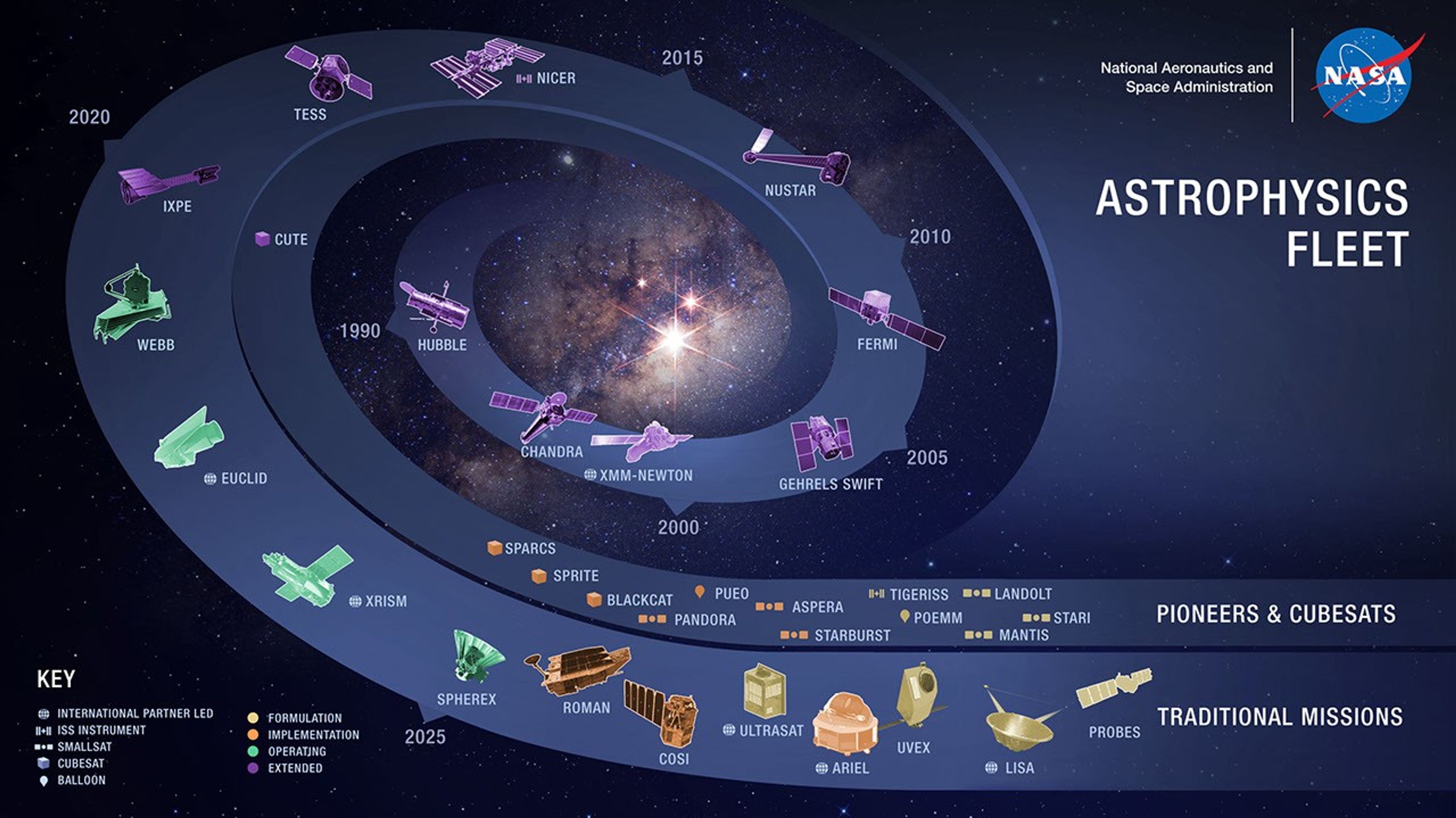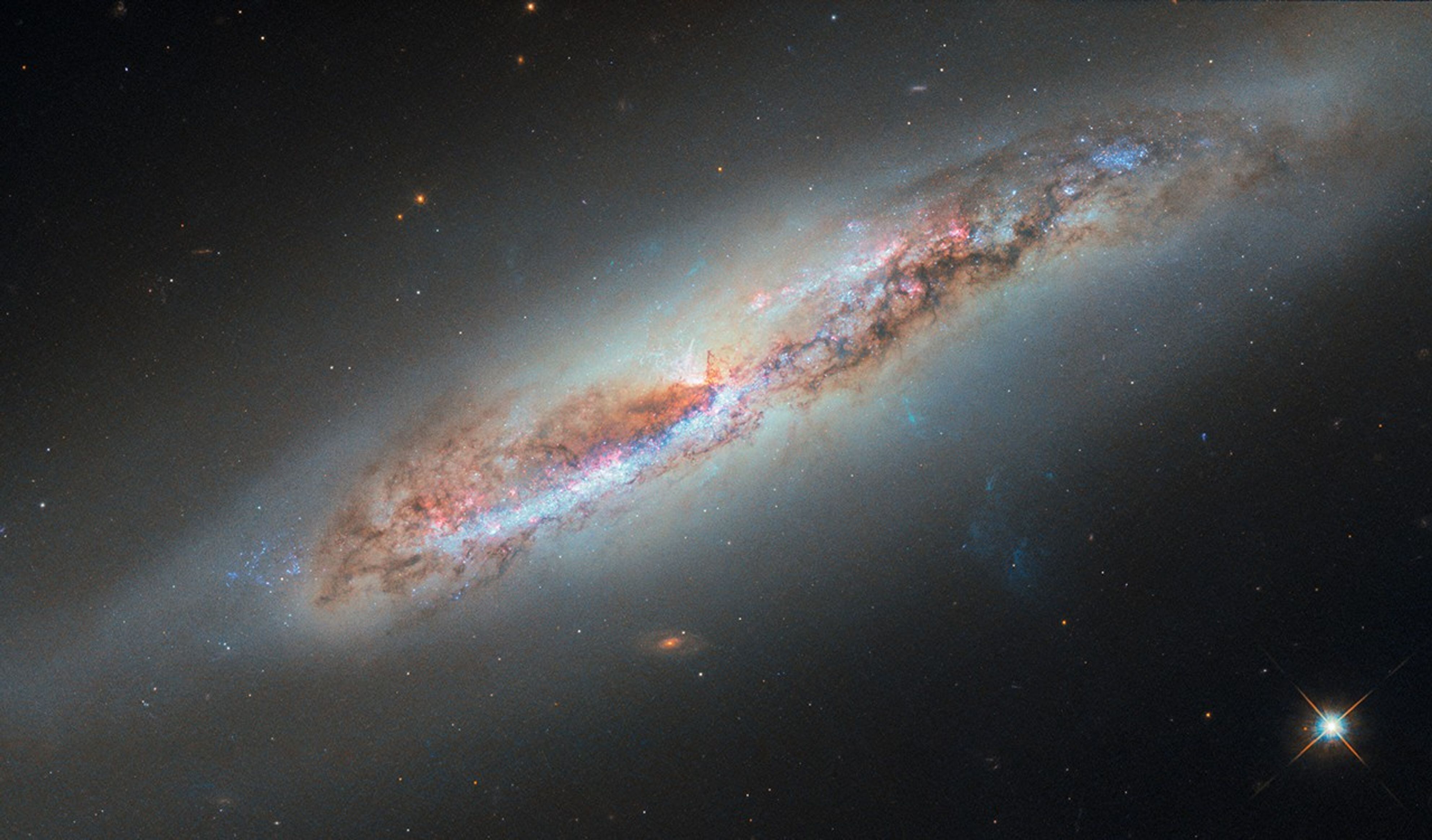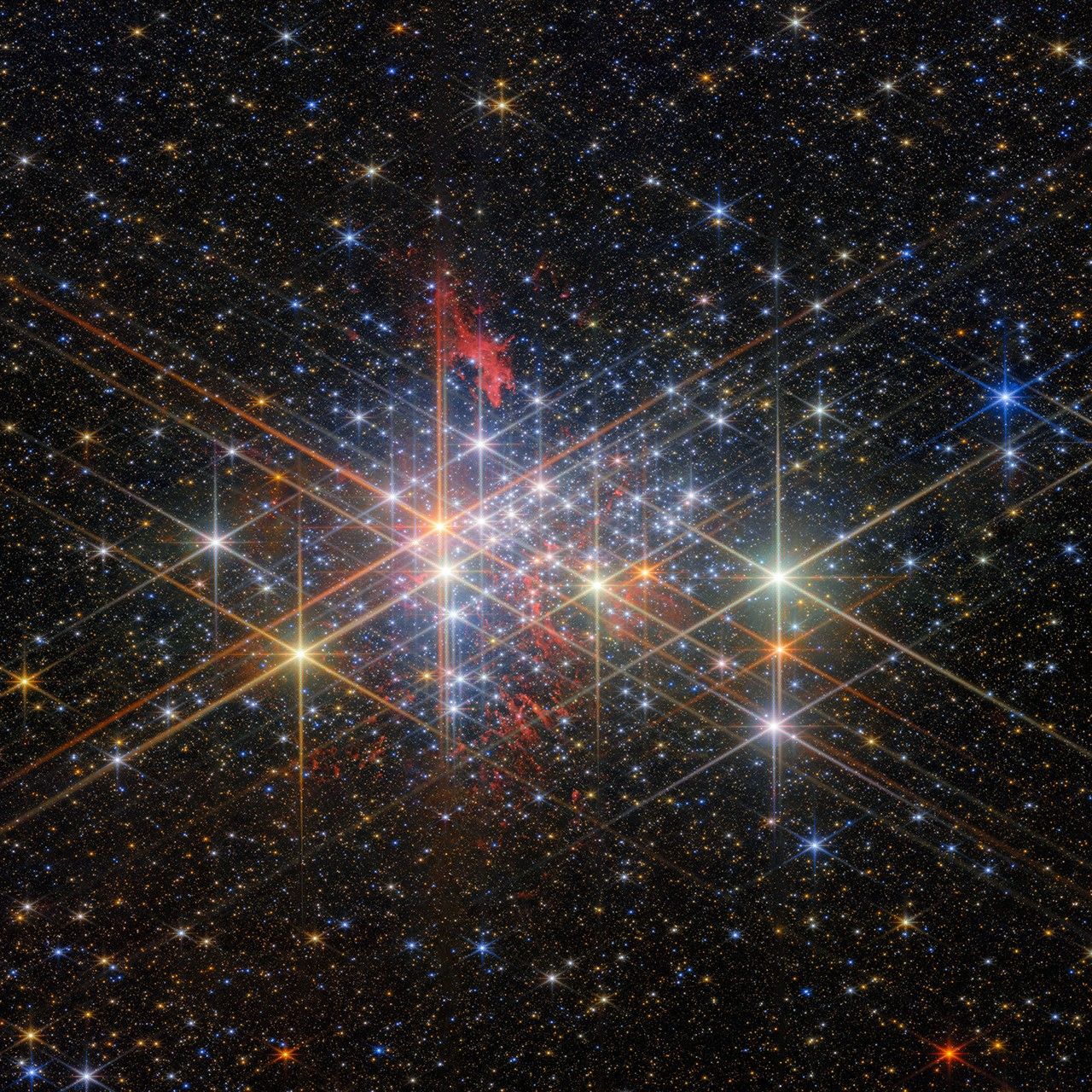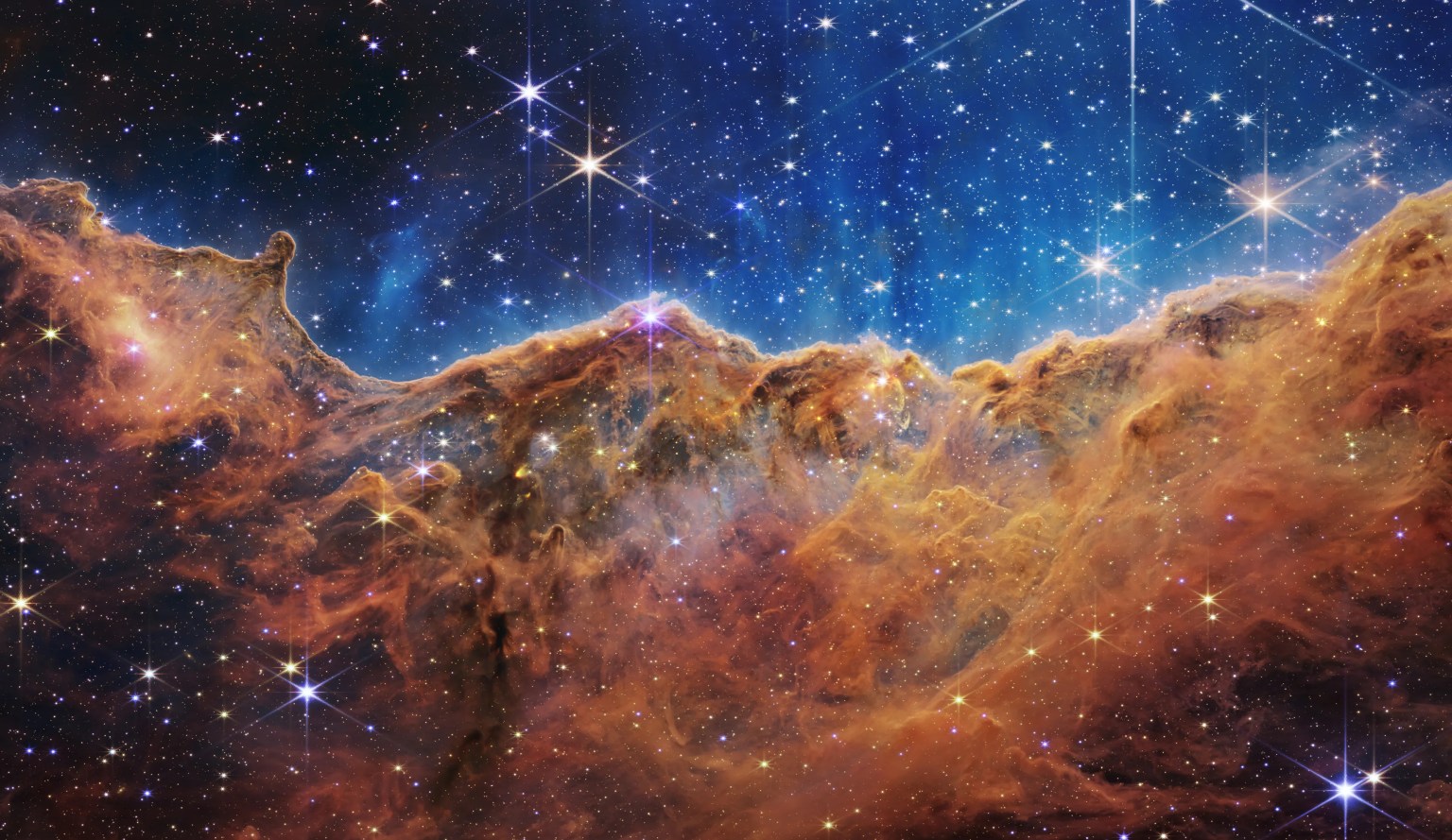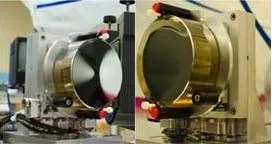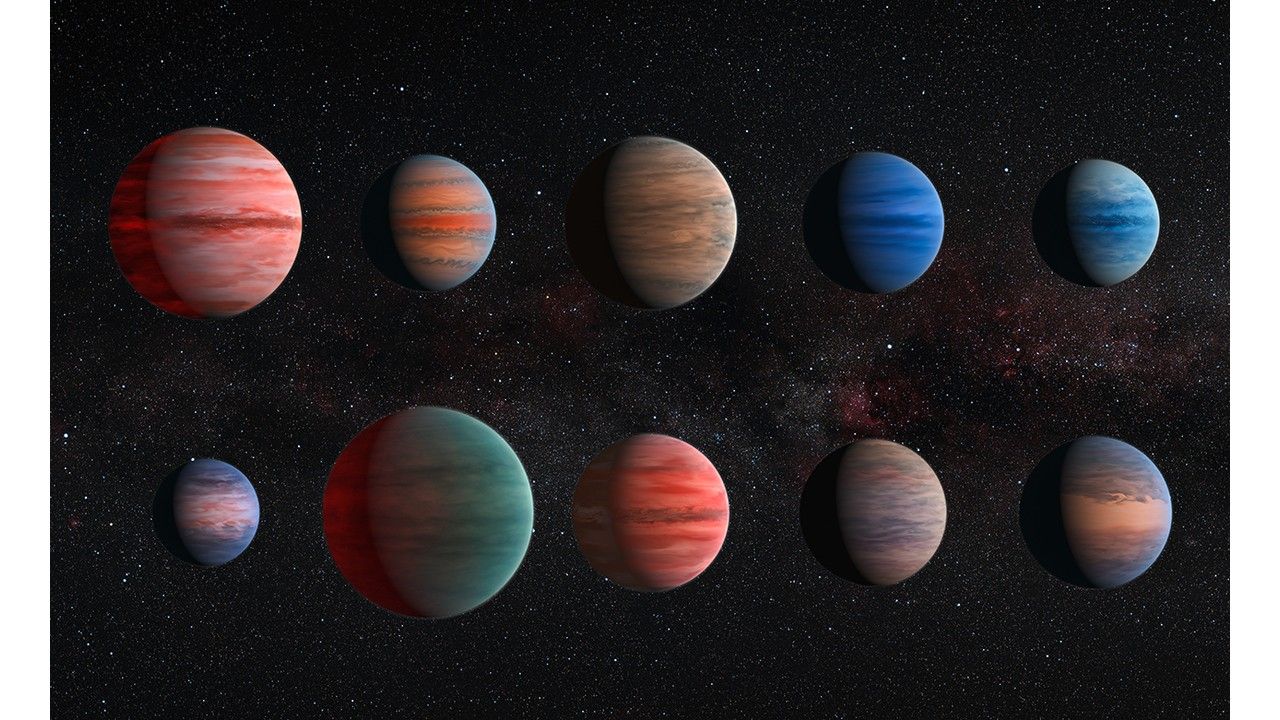Exploring the Universe, Advancing Humanity
The universe is everything: space, matter, energy, and time. NASA’s Astrophysics Division is dedicated to pushing the boundaries of discovery and ensuring that America remains at the forefront of space science. We study how the universe began and evolved, how it works, and where life might exist beyond Earth.
Through world-class space observatories, state-of-the-art technologies, and a spirit of exploration that defines the American character, NASA is unlocking answers to humanity’s greatest questions—while delivering innovations that strengthen the nation’s economy, technology base, and global competitiveness.
Working closely with U.S. industry, academic institutions, and international partners, NASA promotes collaboration that advances global understanding and serves mutual interests. By leading with excellence, the United States ensures that astrophysics research continues to benefit people everywhere while upholding our nation’s legacy of discovery.
Every discovery from NASA’s Astrophysics Division extends far beyond deep space. The technologies and data developed for our missions fuel innovation across American industry—advancing breakthroughs in imaging, communications, data science, and next-generation materials. These innovations not only reveal the nature of the cosmos but also strengthen our economy and improve life here on Earth.

How does the universe work?
NASA explores the fundamental forces shaping our universe—from the behavior of black holes and dark energy to the mysteries of gravity and space-time itself. By unlocking these secrets, we advance not only human understanding but also the technologies and methods that keep America at the forefront of discovery.

How did we get here?
We investigate the origins and evolution of galaxies, stars, and planets to reveal how the universe—and ultimately life itself—came to be. These insights deepen our understanding of cosmic history while driving innovations in observation, data analysis, and engineering that strengthen U.S. scientific leadership.

Are we alone?
Through missions that discover and study planets around other stars, NASA is searching for worlds that could harbor life. This pursuit unites science, technology, and human curiosity—propelling America’s leadership in the search for life beyond Earth and inspiring generations to look upward and explore.
Current Programs
A Coordinated Effort to Explore the Universe
NASA’s Astrophysics Division carries out its mission through a balanced portfolio of programs, some of which focus on specific science questions or modes of observing, while other cut across multiple domains of science.
Together, they ensure that the United States continues to lead in scientific discovery, technology development, and exploration. Each program complements the others across wavelength, observing techniques, and celestial phenomena studied—creating a unified approach to understanding the universe from multiple perspectives.
Each program plays a vital role—probing the origins of the universe, studying distant worlds, and supporting a vibrant research community that drives innovation across the Nation.
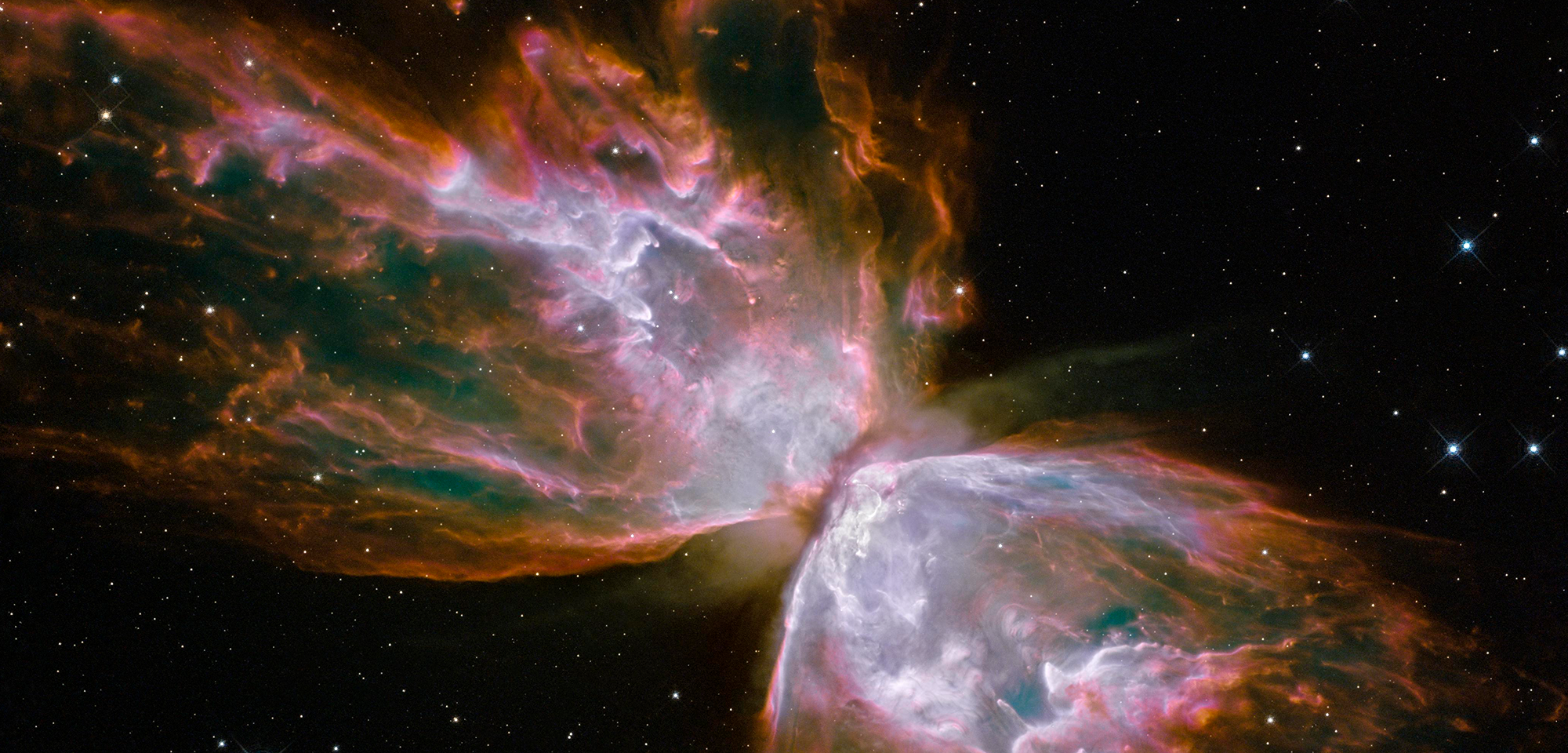
NASA investigates the most extreme environments in the universe—from black holes and neutron stars to dark matter and dark energy. These studies expand our understanding of the fundamental laws of nature while driving new technologies that strengthen America’s leadership in high-energy astrophysics and data science.

Through advanced observatories and imaging technologies, NASA explores how the first stars, galaxies, and heavy elements formed and evolved. This research helps reveal the story of our cosmic beginnings while advancing U.S. capabilities in optics, materials science, and space engineering.

NASA leads the global search for worlds beyond our solar system, identifying and characterizing planets that could harbor life. By combining cutting-edge instrumentation, artificial intelligence, and strategic partnerships, America continues to pioneer discoveries that redefine our place in the universe.
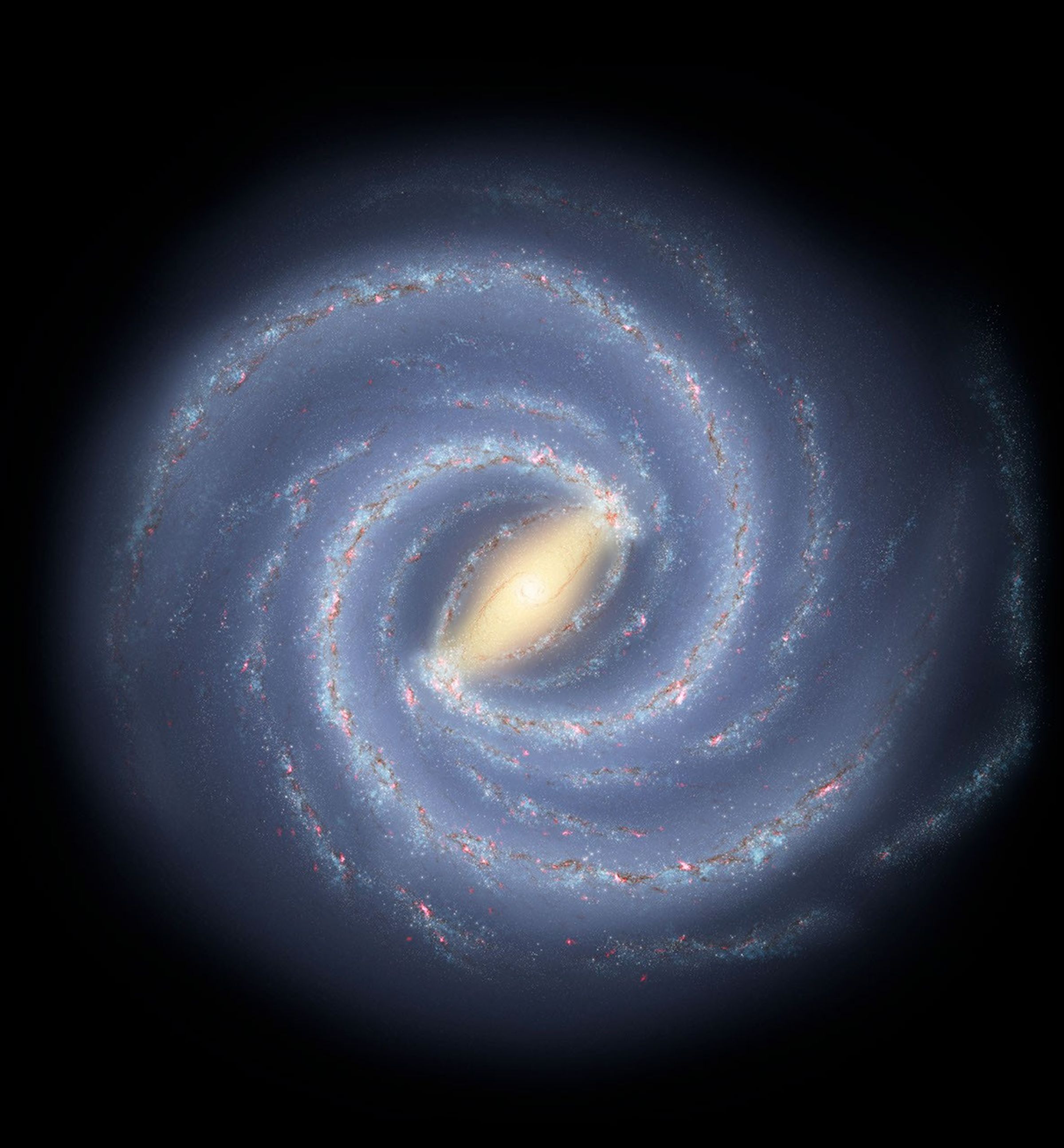
This program empowers American universities, industry partners, and research institutions to propose and develop innovative small and mid-scale missions. Explorers projects foster rapid innovation, hands-on experience, and cost-effective science—keeping the United States agile and competitive in space exploration

From theoretical modeling to data analysis, NASA supports a vibrant community of scientists who turn space-based observations into groundbreaking discoveries. These efforts ensure that U.S. researchers remain at the forefront of interpreting the universe while providing data and discoveries that empower scientists around the world and inspire future generations.
Current Missions
A Legacy of Discovery, A Future of Innovation
NASA’s Astrophysics missions explore the full spectrum of the cosmos—from infrared to visible light to X-rays and beyond—revealing the fundamental nature of the universe and our place within it. These missions represent the United States’ enduring leadership in space science and technology, carrying forward a legacy of discovery that began with the Great Observatories.
Today’s active missions include icons such as the Hubble Space Telescope, which continues to redefine our understanding of the universe more than three decades after launch; the Chandra X-ray Observatory, which explores the high-energy universe through the study of black holes, neutron stars, and cosmic explosions; and the James Webb Space Telescope (JWST), which observes the universe in near-and mid-infrared light to reveal the first galaxies and the atmospheres of distant worlds.
Complementing these observatories, the Fermi Gamma-ray Space Telescope, Neil Gehrels Swift Observatory, NuSTAR, NICER, and IXPE open new windows on the most energetic processes in the cosmos, from gamma-ray bursts to the remnants of stellar death.
Meanwhile, the Transiting Exoplanet Survey Satellite (TESS) surveys the sky in visible light, using precise measurements to discover planets orbiting nearby stars. The recently launched SPHEREx mission extends NASA’s reach across optical and near-infrared wavelengths, mapping the entire sky to trace the history of galaxies and the building blocks of life throughout the cosmos.
Together, these observatories deliver an unparalleled view of the universe—advancing both science and the technologies that power American innovation.
NASA’s Astrophysics Division also supports U.S. participation in key international missions, including ESA’s XMM-Newton and Euclid missions, and JAXA’s XRISM mission. These collaborations leverage American technology and scientific expertise to expand humanity’s reach into the universe while strengthening trusted partnerships around the globe.
Each mission builds upon decades of U.S. investment and ingenuity—turning bold ideas into discovery and keeping the nation at the forefront of space exploration. The overall strategy for NASA astrophysics is driven by decadal surveys, a task that is requested by Congress and carried out by the National Academy of Sciences.
The Future of Astrophysics
Building on Discovery, Shaping What Comes Next
NASA’s Astrophysics Division is entering a bold new era, guided by the discoveries of today, the lessons learned from the past, and the visionary goals of tomorrow. The next generation of missions will expand humanity’s view of the cosmos, harness emerging technologies, and ensure continued U.S. leadership in space science.
Launching in fall 2026, the Nancy Grace Roman Space Telescope will open an unprecedented window into the universe. Roman will study dark energy and dark matter, which together make up nearly 95% of the universe, to uncover how these unseen forces shape cosmic evolution and drive the universe’s accelerating expansion. It will also identify thousands of new exoplanets beyond our solar system. By combining deep-field precision with a wide view of the sky and systematic surveys that track how stars and galaxies change with time, Roman will redefine how we explore the cosmos and our place within it. Roman will redefine how we explore the cosmos and our place within it.
Following Roman, the Compton Spectrometer and Imager (COSI), planned for launch in 2027, will study how stars are born and die, tracing the origins of chemical elements that make up planets and life itself.
Looking beyond, NASA is developing the Habitable Worlds Observatory (HWO), the next major mission in our quest to understand the cosmos. Guided by the 2020 Decadal Survey, Pathways to Discovery in Astronomy and Astrophysics for the 2020s, HWO will build on the legacies of Hubble, Webb, and Roman to search for Earth-like planets and signs of life beyond our solar system. It reflects a modern manifest destiny of the stars, and a shared human journey to explore, to learn, and to push the boundaries of what’s possible.
Going forward, the Decadal Surveys will continue to provide the roadmap for the following decade, identifying the highest-priority scientific questions and the technologies and missions needed to answer them. Together, these missions will shape the future of astrophysics—advancing discovery, fostering innovation, and continuing America’s tradition of leadership in exploring the universe.
Featured Missions
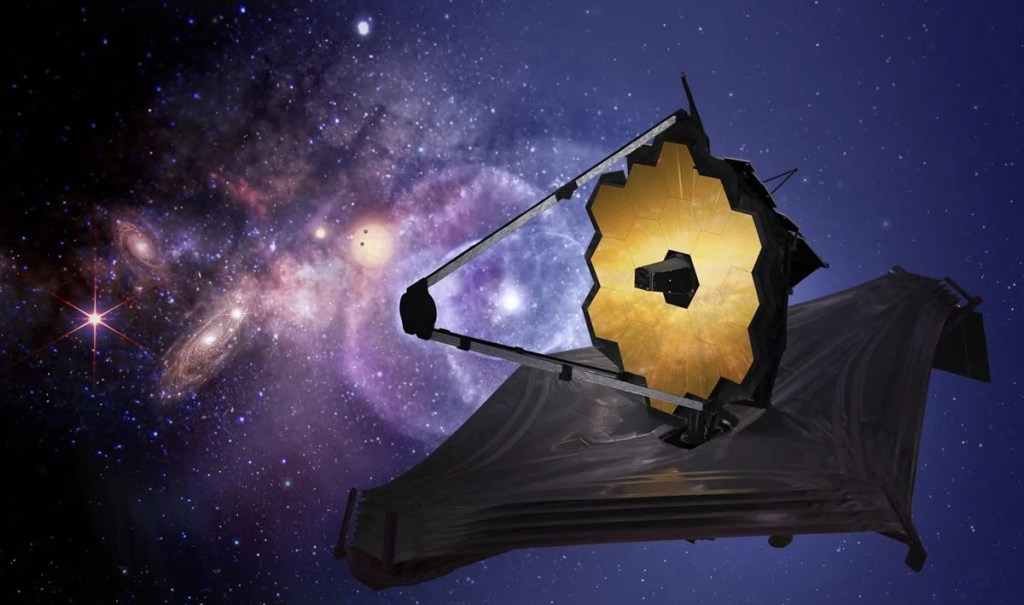
James Webb Space Telescope
Webb is celebrating one year of incredible discoveries, from exoplanets to the early Universe.
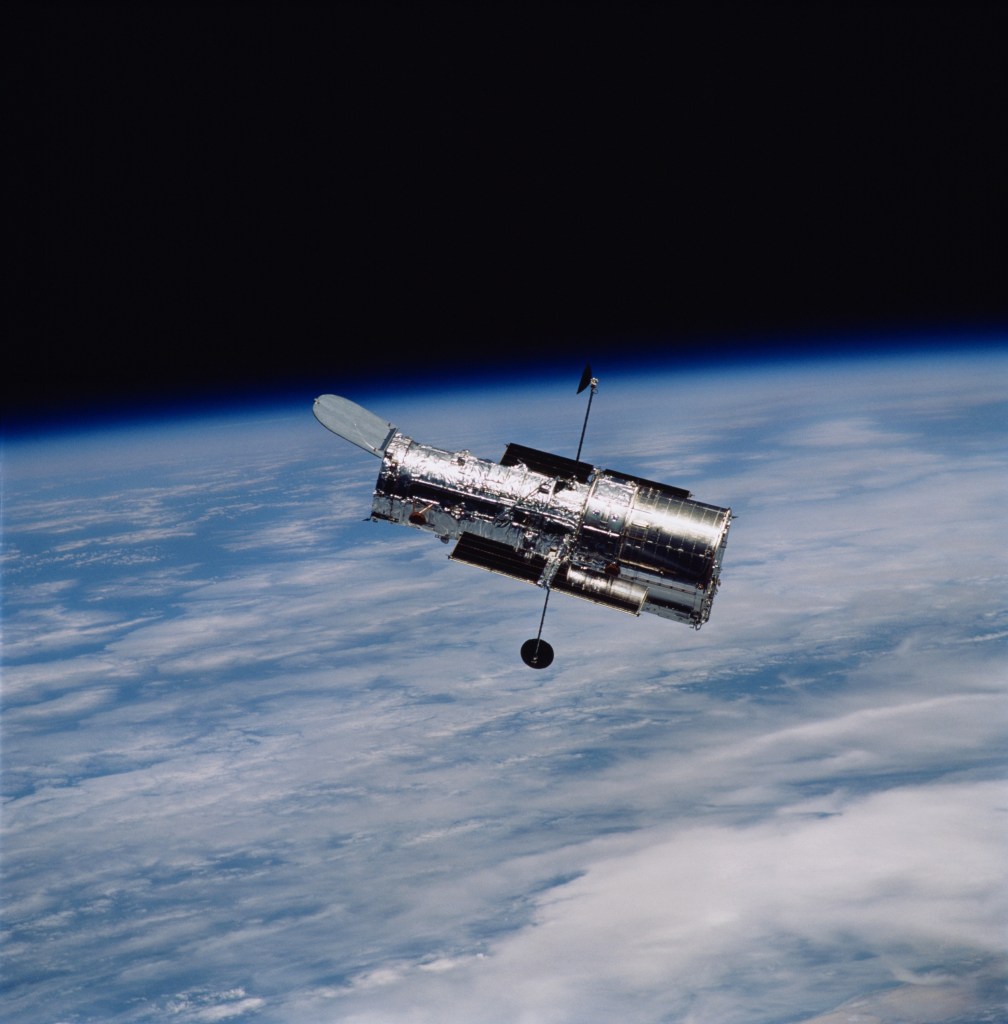
Hubble Space Telescope
Since its 1990 launch, the Hubble Space Telescope has changed our fundamental understanding of the universe.
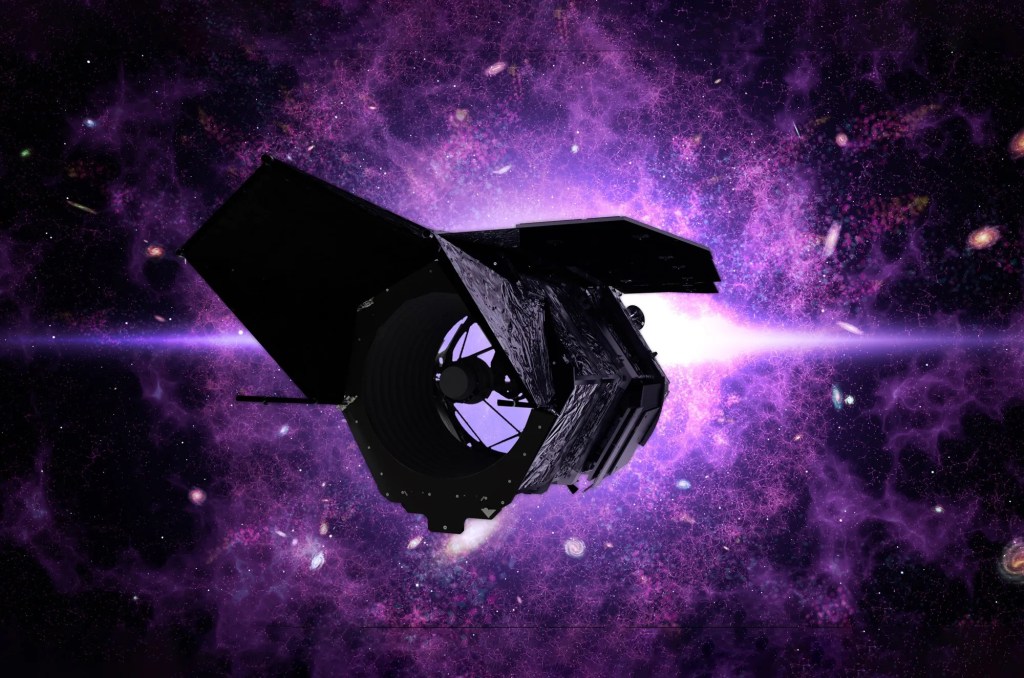
Roman Space Telescope
Roman is designed to settle essential questions in the areas of dark energy, exoplanets, and infrared astrophysics.
Decadal Survey on Astronomy and Astrophysics 2020 (Astro2020)
The National Academies have completed their work on the 2020 Decadal Survey on Astronomy and Astrophysics.
Please visit the National Academies Decadal Survey on Astronomy and Astrophysics 2020 web page for additional information about the survey and their published documents on the topic.
Learn More about Decadal Survey on Astronomy and Astrophysics 2020 (Astro2020)

